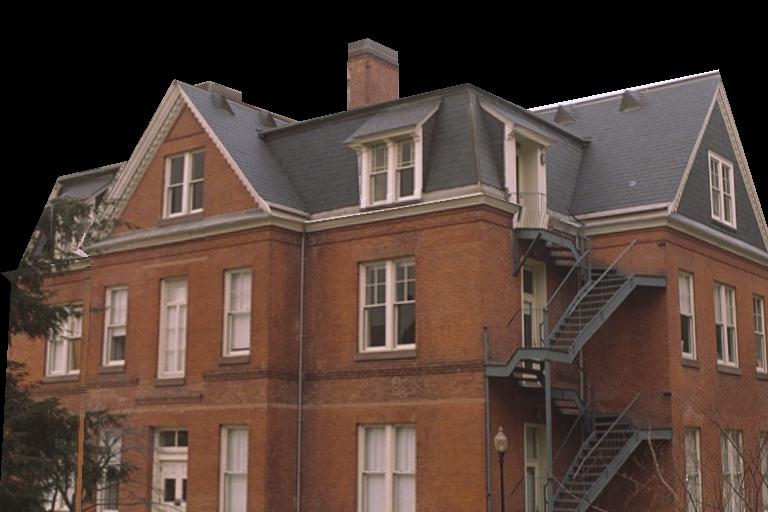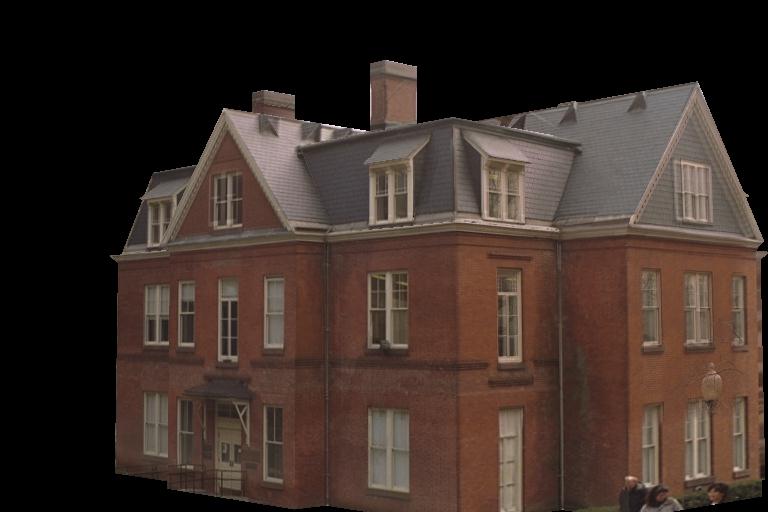CS E6998-001 3-D Modeling Projects
Project 1: VRML Models
Two VRML models created by us:
Comments on Zipper:
Has been developed based on interesting ideas, but has not reached the point of being practical. It is well-documented. However, it is cumbersome to work with because of the very big number of triangles. In addition, it is not intuitive how to rotate in space and how to locate the 3D location of the triangles from the two dimensional screen. We found that the program was very slow at the gateway lab and that is crashed sometimes. It also requires a good monitor in order to visualize the structure.
In the first part of homework #1, the bunny rabbit, the scans were aligned, so it was simple to merge them. There were not many holes on them.
We tried to scan two objects, for the second part of this assignment: a walkman initially, and after that a toy (a cat, mistaken for a teddy bear initially). The parts of the walkman are so misaligned that it would take us a couple of days to manually align them and fill in the holes. A reason for that might be the peculiar surface of the walkman (smooth and shiny)
The scans of the cat were better which leads us to the conclusion that the best object to scan is probably one, that is almost rotationally symmetric, but has distinct features from all viewing directions which would allow the zipper program (and us, of course) to align them more precisely.
The accuracy achieved, however, is much less than that of the bunny rabbit. One can clearly see where the manual work took place. Like in the bunny rabbit, most of the misalignments in the cat, were around the ears, but the cat had also holes where merge of two successive scans took place.
Aligning two scans requires that they have a common surface. Taking a third scan that overlaps with both of them is not always a solution because it leads to double (overlapping) surfaces. Furthermore, we found that aligning consecutive surfaces, that are supposed to lead to closed objects did not necessarily do so. Sometimes they lead to objects with open ends.
Comments on Quickslice:
Well-written program, compared to the other ones we worked with on this course. It did not crush. Our models were closed before using quickslice.
Project 2: FACADE
Some observations:
- FACADE is impractically slow on Indies.
- DANGER: Core dumps!!! Save your work often!
- Not very well documented
- You cannot establish relationships other than equalities.
- Build your model gradually.
It's almost impossible in practice to create a complete model from scratch and then do the reconstruction. The easiest and fastest approach is to create a very simple model, establish the correspondences, do the reconstruction, and after that gradually adding the details.
Here are two reconstructed views taken at two almost opposite points of view:



